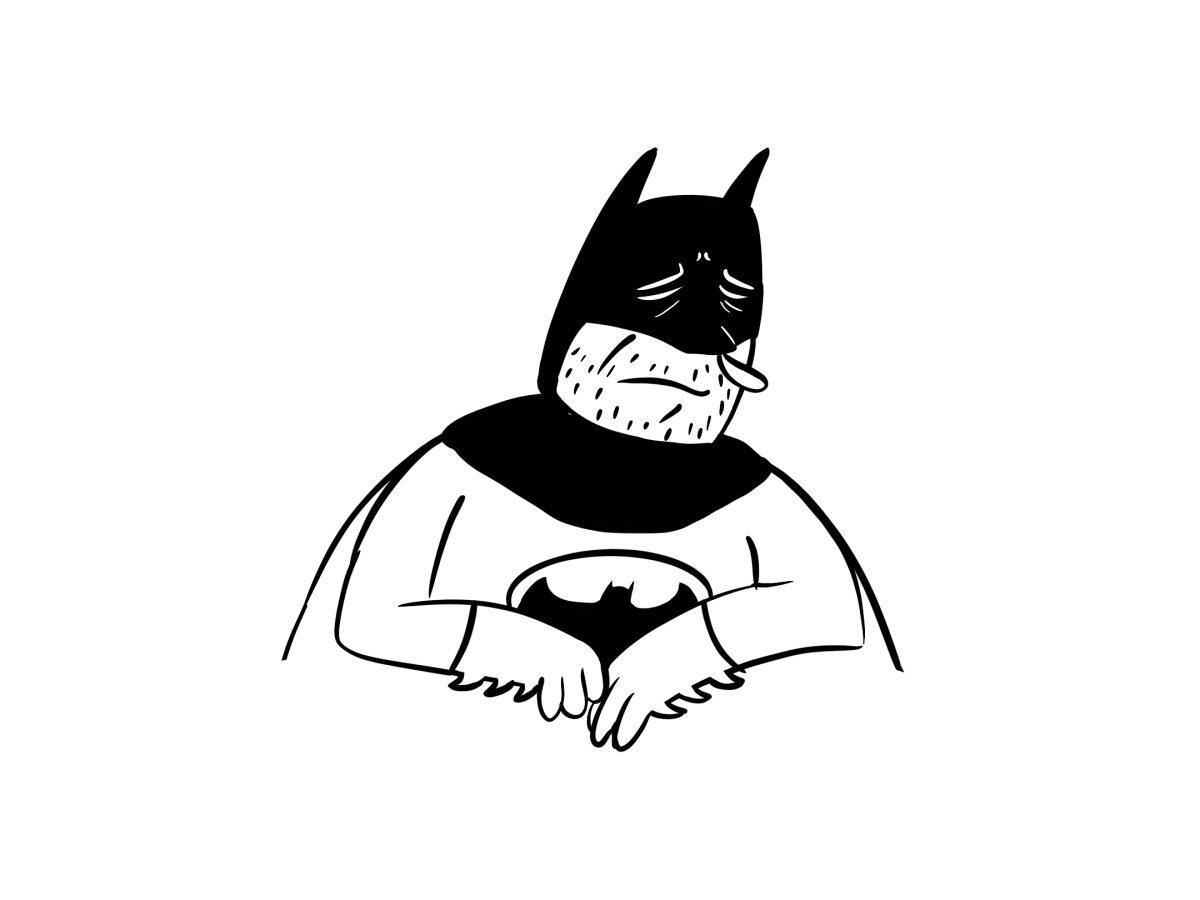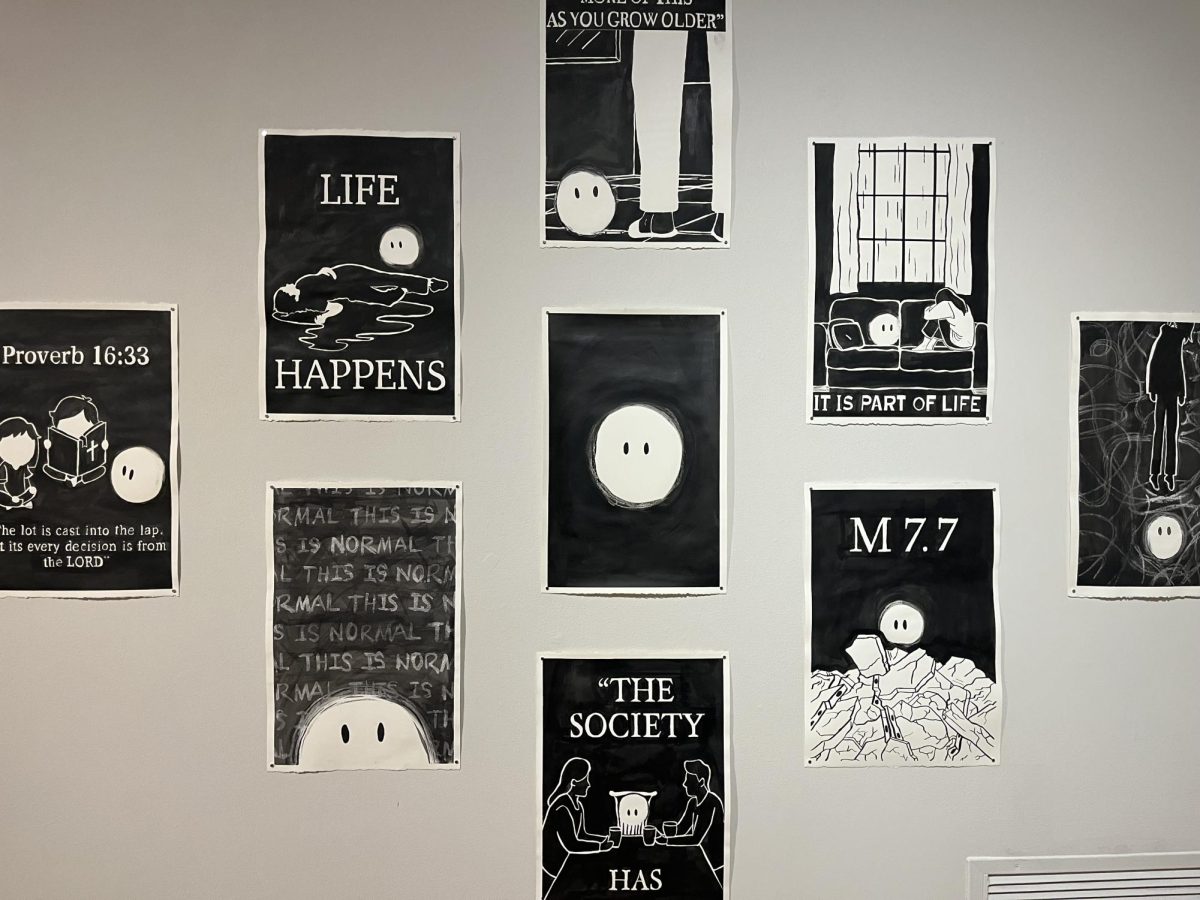At the end of just about every Marvel movie, after a long scroll of credits, before the lights come on and the underpaid workers shuffle in to sweep away discarded popcorn, a post-credit scene plays. A short 30 second clip tacked on to keep true fans glued to their seats to catch a glimpse of just what Marvel Studios will deliver to the big screen next.
While in the past I always insisted on staying put to catch a morsel of extra superhero content, today, when faced with the prospect of staying, I’m more likely to produce an audible groan. What seemed like a pleasant peek into the future before now seems like an assignment being handed out by an endless content machine.
The time has finally come to declare a full-blown case of Marvel fatigue. Or, more accurately, a superhero fatigue, due to Warner Brothers studios and Sony Pictures pumping out content from their DC Comics and Spider-Man properties.
What’s causing me, a self proclaimed superhero fan, to make this blasphemous claim? An oversaturated market, a tired formula, and complacency that has spread to the rest of cinema are the culprits in my mind.
First is the volume of content being created. Through their first four “phases” of movie releases, Marvel released 23 movies between 2008 and 2019, beginning with “Iron Man” and ending with “Spider-Man: Far From Home.” While that may sound like a large output, Marvel already has plans for a whopping 25 more projects from 2022 onwards.
That massive number includes an abundance of content coming to Disney+, the streaming service that already houses the series “WandaVision,” “Falcon and the Winter Soldier,” “Loki,” “WhatIf,” “Hawkeye,” and “Moon Knight,” the last of which began weekly episode drops in late March.
Between the big and small screen there is more Marvel content than ever before, but I see no real reason to rejoice. As a diehard fan, I followed each film with eager anticipation, but now the idea of keeping up with a growing list of episodes and films while forking over cash for streaming and theater tickets is overwhelming. It’s unlikely that anything released outside of theaters will become integral to the movie experience, but having a cohesive story you weren’t missing out on was what made the release of the climactic “Avengers: Endgame” such a special record breaking event.
It is hard to raise the stakes beyond that film, which saw the elimination of half of the life universe on the line or top the emotional payoff of seeing 11 years worth of characters share the screen together. And while the TV series have added some more experimental rejuvenation to Marvel stories, promising stories like the mystery of “WandaVision” and/or the political criticisms of “Falcon and the Winter Soldier” still slide back into the formulaic quippy dialogue and weightless action scenes. These may be the signatures that Marvel fans pine for, but, at least to this fan, the repetition of these elements has stripped the grand show of some luster.
Stepping outside of the formula may cause problems as well. In the case of DC characters like the Joker and Batman, recent films have certainly not fit within the traditional superhero mold. In 2019, “The Joker” was a vehicle for an expressive crime origin story told through the bodily contortions of Joaquin Phoenix, while 2022’s “The Batman” stuck the caped crusader into the noir genre. This may elevate superhero films but perhaps a bit too far. If a known superhero is simply transplanted into a genre film to much fanfare, does that mean a bankable character is needed to carry new movies through production?
This thread is tied to the larger problem of intellectual property in Hollywood today. Studios hoard pre-existing properties that are known money makers, resulting in an abundance of remakes, sequels, and adaptations that elbow original stories out of theaters. Riskier films that push the medium are more of a financial risk as less people head to theaters with streaming options galore. This complacency on the part of film companies does nothing but hinder the progression of the art of cinema.
Superheroes genres are the central figure of this content mining trend and they draw in so much money they have become a self-sustaining operation. Now, due to money or exposure or both, successful indie filmmakers like Taika Waititi and Chloe Zhao are quickly drafted to helm Marvel blockbusters and household names are continuously welcomed into the fold like Christian Bale, Owen Wilson, and Oscar Isaac. It would seem even the background of superhero flicks are littered with Hollywood elite.
The takeover of these goliath films prompted legendary director Martin Scorsesee to claim that Marvel films do not qualify as “cinema.” This was not a claim that they weren’t movies, or even that they weren’t quality — simply that they were outside of the cinema he loved, putting spectacle above inventiveness and emotional weight.
This isn’t to say that superhero movies shouldn’t exist. They obviously connect with audiences and kids in particular, and studios today are making strides to provide more representation on screen. But to have theaters filled exclusively with caped characters in an endless number of sequels seems to be a disservice to the artform of film.
Historically, Hollywood is no stranger to complacency, and maybe this superhero trend will simply peter out eventually. In the meantime, this viewer will be reluctant to shell out money for more Marvel content or stay in his seat once the credits roll.




